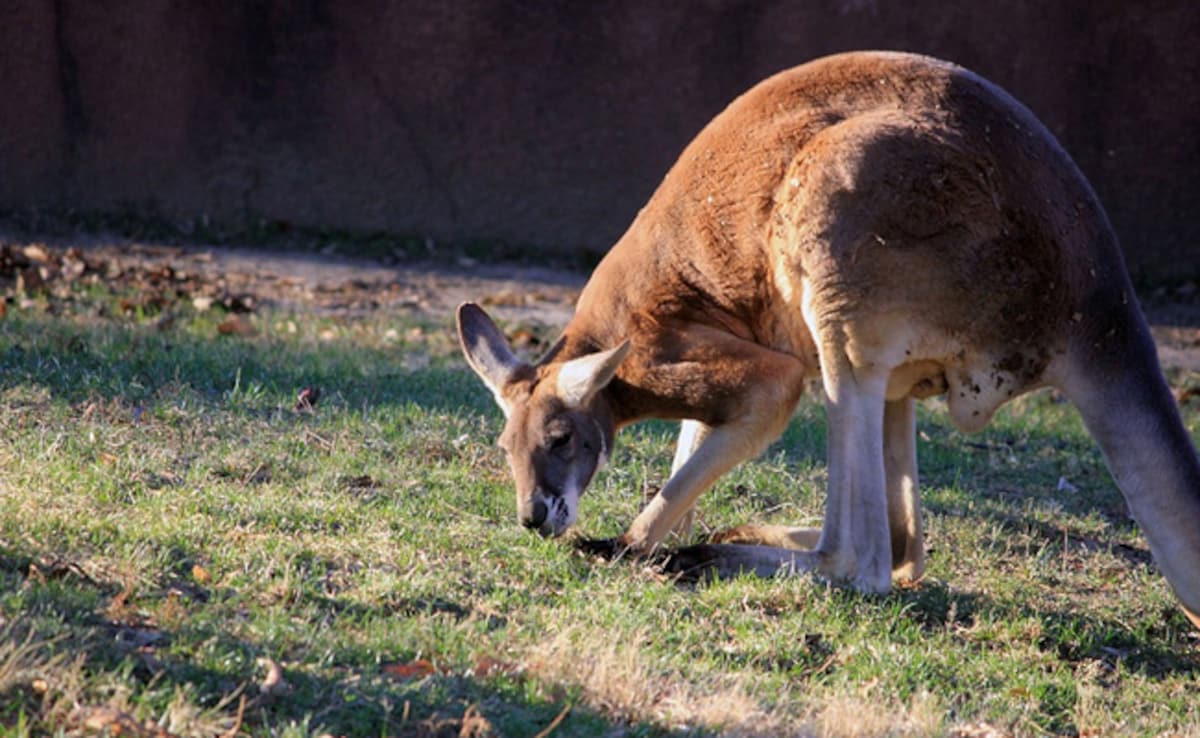Prehistoric Chompers Uncover the Hidden World of Australia's Mega-Hopper

Across the vast, sun-scorched landscapes of the Australian outback, large kangaroos have mastered the art of survival. These resilient marsupials navigate the harsh terrain in tight-knit social groups called mobs, demonstrating remarkable adaptability in the face of challenging environmental conditions. When drought threatens their traditional feeding grounds, these agile creatures embark on epic journeys, hopping across expansive distances in search of sustenance. Their collective movement and strategic migration strategies enable them to find fresh vegetation and water sources, ensuring the survival of their entire group even in the most unforgiving wilderness.
